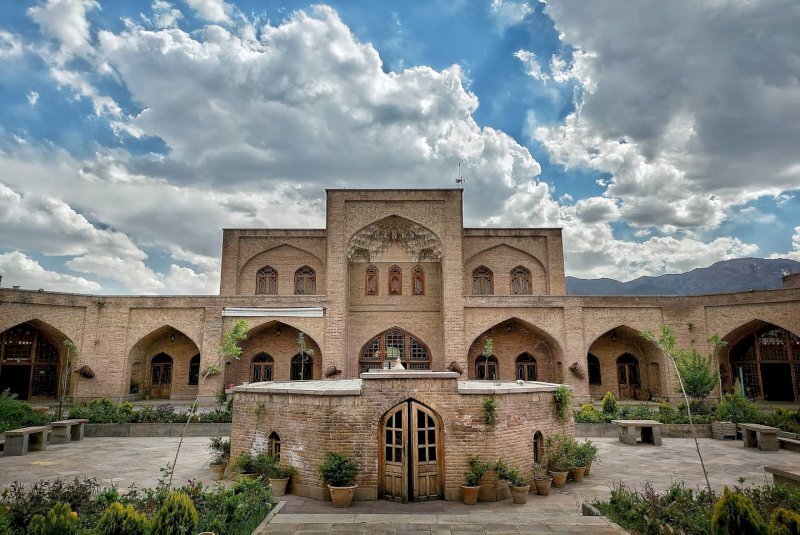East Azarbaijan completes restoration for caravansaries

TEHRAN – Teams of restorers and cultural heritage experts have finished restoration projects for four historical caravansaries situated in East Azarbaijan, the provincial tourism chief has said.
The projects aimed at preparing Yam, Goyjeh-Bell, Jamalabad, and Khajeh Nazar caravansaries for possible inscription on the UNESCO World Heritage list, Ahmad Hamzehzadeh explained on Monday.
The province’s Cultural Heritage, Tourism and Handicrafts Department took the necessary steps to manage the caravansaries, which are the candidates for the collective UNESCO tag, after a team of UNESCO assessors visited them last November, the official added.
The Ilkhanid-era (1256–1353) Yam Caravansary, near the city of Marand, has turned into a traditional accommodation center and has been inscribed on the National Heritage List.
As one of the rare mountain caravansaries, Goyjeh-Bell Caravansary is located near the provincial capital of Tabriz. The Safavid-era (1501–1736) structure has been designed for mountainous and cold regions with hard and snowy winters.
The other Ilkhanid-era caravansary of Jamalabad is also among the entries. The caravansary, which collapsed completely, was reconstructed during the Safavid era.
Khajeh Nazar Caravansary in Jolfa was built by the order of the famed Safavid king, Shah Abbas I (1571-1629).
Iran has put forward a selection of 56 caravansaries as a candidate for a collective inclusion in UNESCO’S cultural heritage list.
Last year, the tourism ministry announced that Iran is developing a dossier for a selection of its historical caravansaries for a possible inscription on the UNESCO World Heritage list. In this regard, cultural heritage experts are assessing such monuments that are scattered across the country to make a shortlist in terms of their architecture and historical and cultural values.
Caravansary (also Caravanserai or Caravansaray) is a building that served as the inn of the Orient, providing accommodation for commercial, pilgrim, postal, and especially official travelers.
According to Encyclopedia Iranica, from the number of surviving caravansaries and their sizes, it is clear that in Safavid and Qajar times there was a state architectural department that was specifically concerned with the construction of caravansaries and stations on the overland routes. Furthermore, in the cities, several caravansaries were erected as lodging houses, depots, and commercial offices in the vicinity of the bazaars.
ABU/AFM
